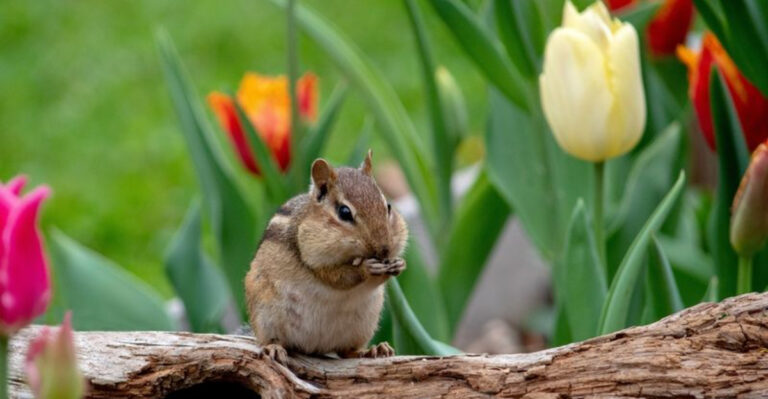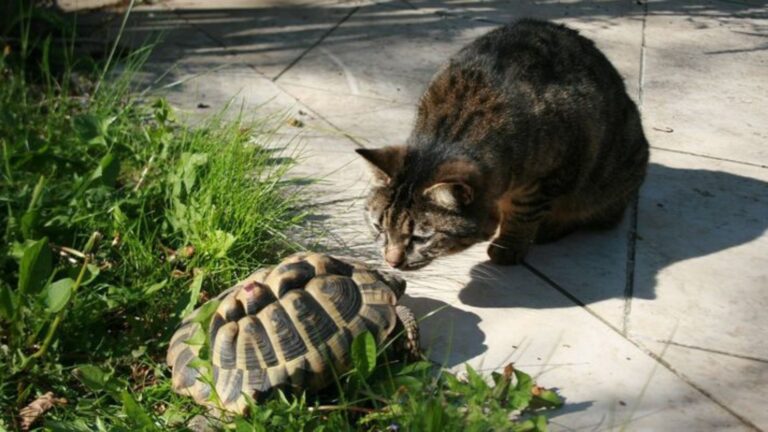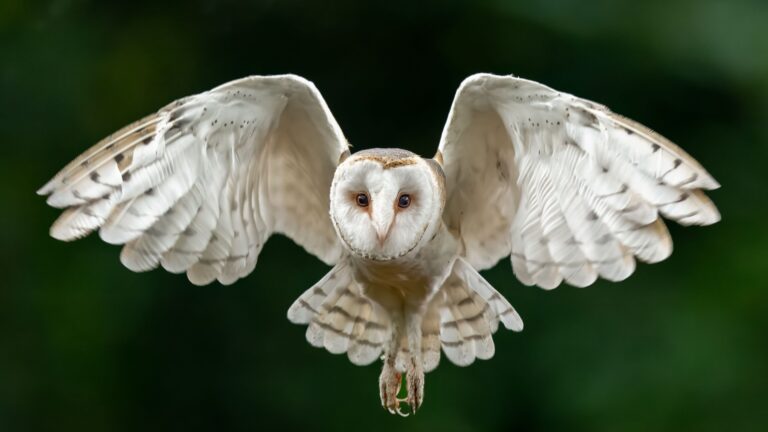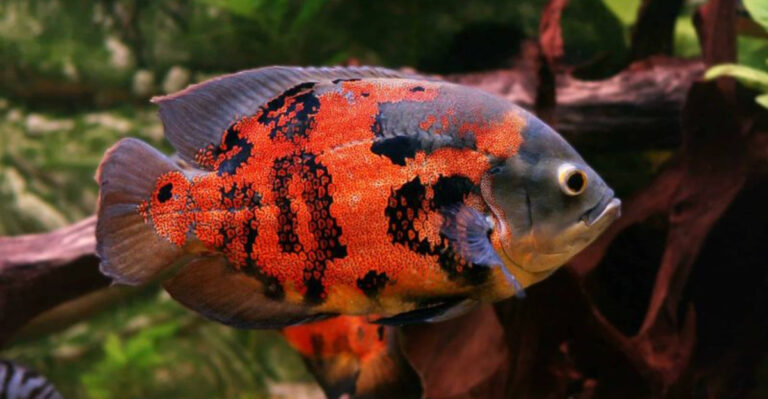14 Harmful Insects You Should Never Ignore
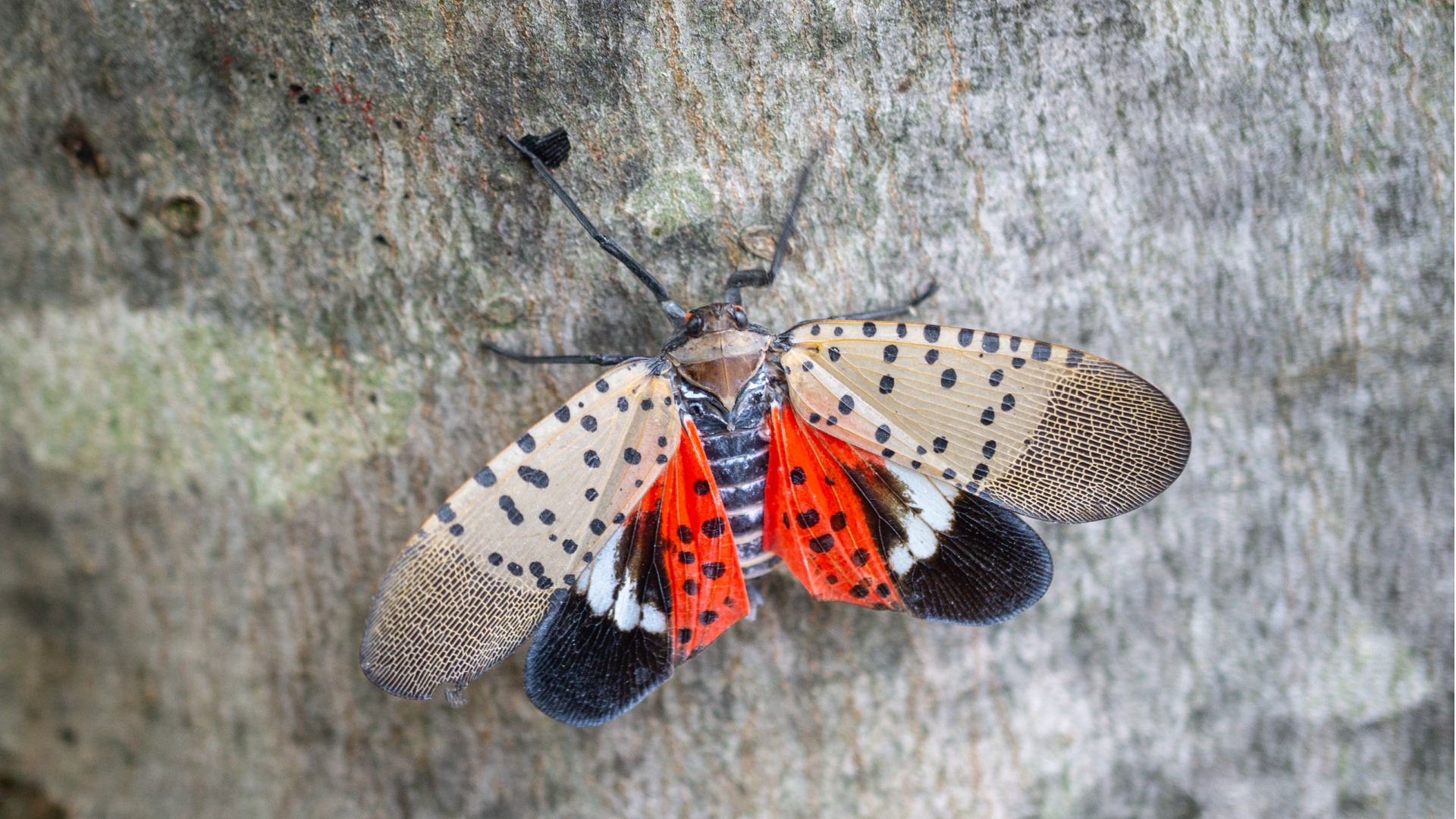
In the vibrant world of insects, some creatures pose significant threats to our environment, health, and crops.
These harmful insects can disrupt ecosystems, damage agriculture, and even pose health risks to humans. Understanding these insects and recognizing their impact is crucial in managing their presence effectively.
1. Tomato Hornworm
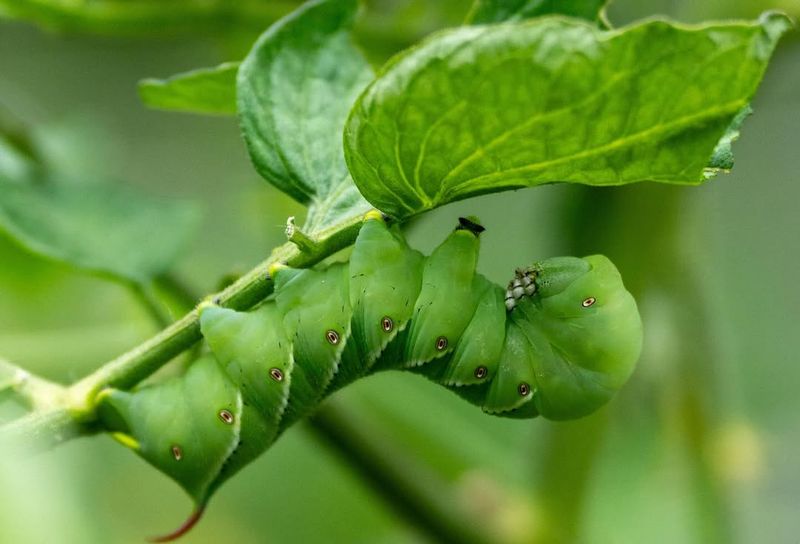
The Tomato Hornworm is a ravenous caterpillar known for its destructive appetite for tomato plants. Its vivid green body and distinctive white stripes make it unmistakable.
While they munch away at your garden, these pests can quickly decimate your tomato crop. Growers often find them camouflaged among the leaves.
Handpicking them is an effective control method, as they are relatively large and easy to spot amidst the foliage.
2. Red Imported Fire Ant
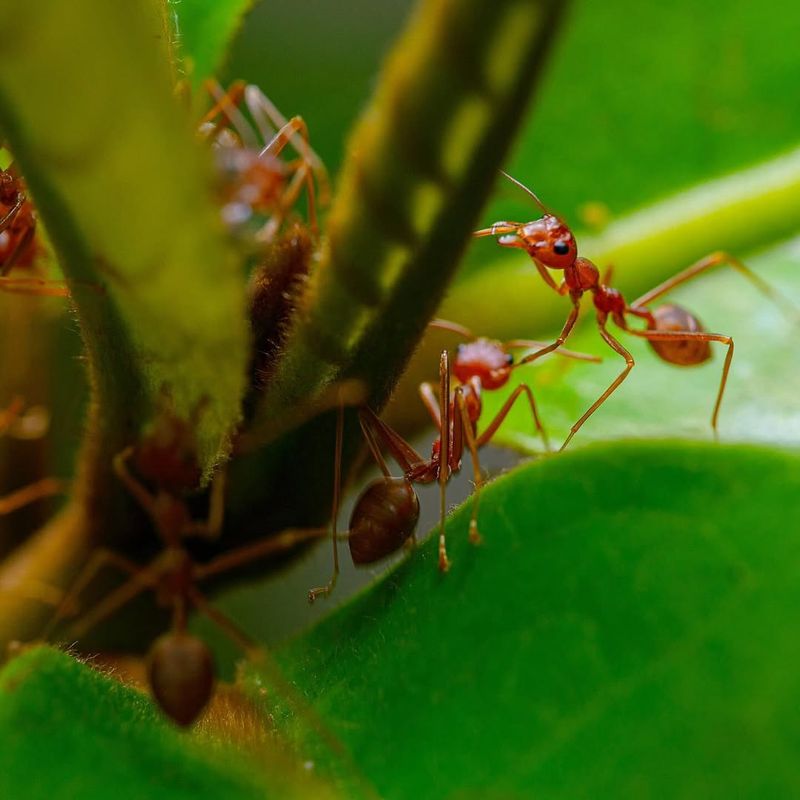
Red Imported Fire Ants are infamous for their painful stings and aggressive behavior. These tiny invaders create large mounds in open spaces, disrupting outdoor activities.
Their stings can cause severe allergic reactions in some individuals, making them a health hazard. Found primarily in the southern United States, controlling their spread involves baiting and chemical treatments to eliminate colonies.
Understanding their behavior is crucial to managing infestations effectively.
3. Spotted Lanternfly
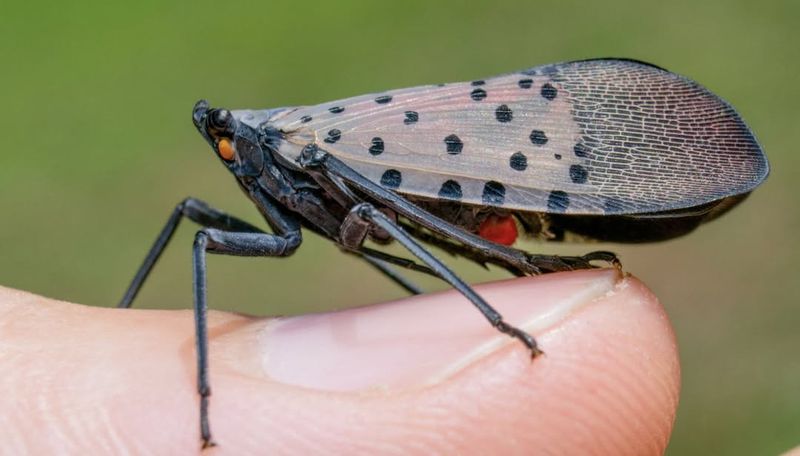
Visually striking with its vibrant wings, this invasive pest is far more harmful than it looks.
The Spotted Lanternfly, originally from Asia, poses a major threat to North American crops and hardwood trees. It’s especially damaging to grapevines and fruit trees, causing significant agricultural losses.
Controlling its spread relies on community efforts, including removing egg masses and using sticky bands on tree trunks.
4. The Tiger Mosquito
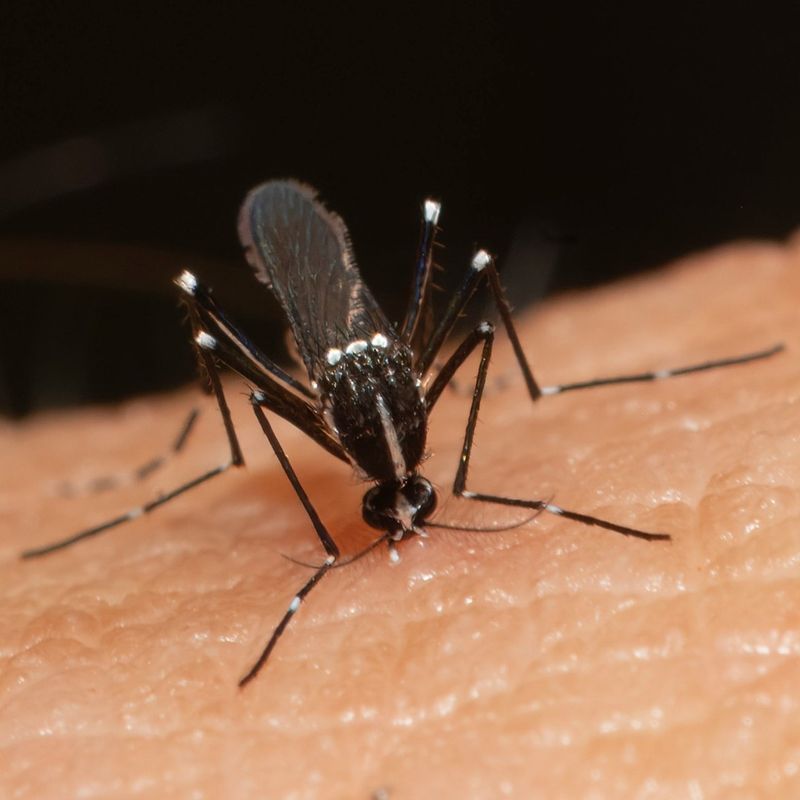
The Tiger Mosquito, recognized by its black and white stripes, is not just a nuisance but a notable health threat. Known for transmitting diseases like dengue and Zika, their bites are a serious concern.
Found in tropical and subtropical regions, they are active during the day, unlike most mosquitoes.
Effective control includes eliminating standing water and using repellents to protect against their bites, reducing disease transmission risks.
5. Kudzu Bug
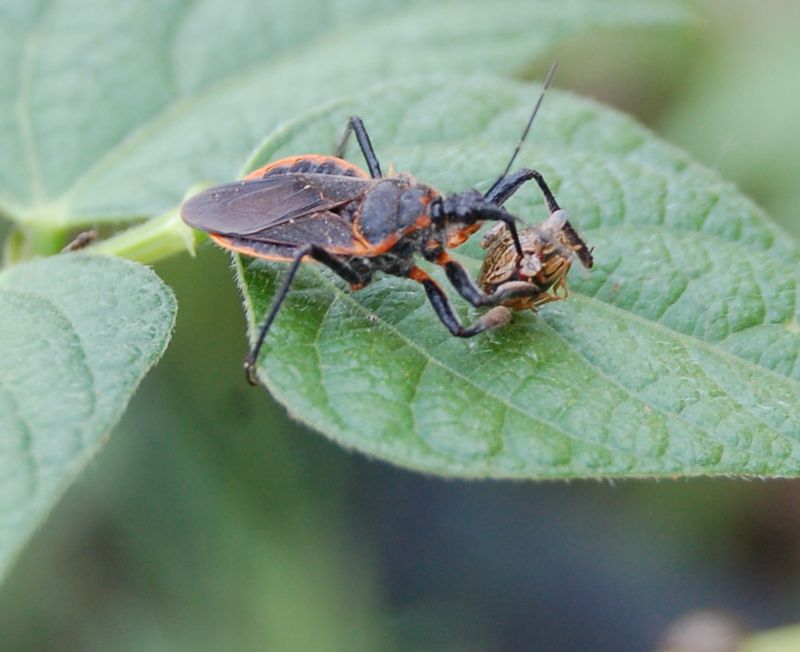
With a brown, shield-like body, this tiny insect might appear harmless – but it causes major issues for farmers and homeowners alike.
Especially troublesome in the southern U.S., the Kudzu Bug damages soybean crops and often swarms buildings in large numbers. Effective management includes using insecticides and supporting natural predators to control their spread.
Monitoring and early awareness are key to reducing their impact on both agriculture and daily life.
6. Asian Longhorned Beetle
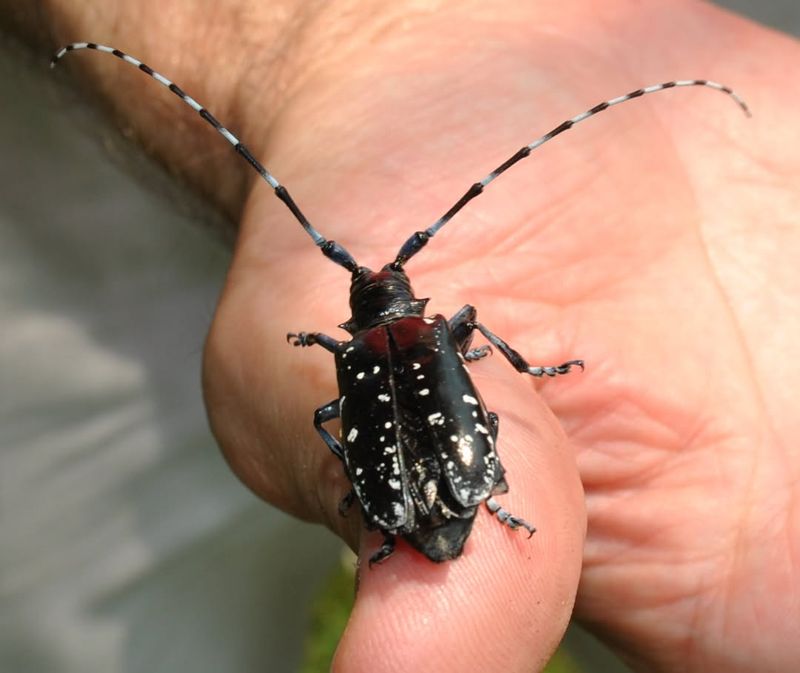
The Asian Longhorned Beetle is a formidable pest with its striking black and white body and long antennae. This beetle targets hardwood trees, causing severe ecological damage.
Its larvae burrow into tree trunks, disrupting nutrient flow and eventually killing the tree.
Preventative measures include regular inspections and removing infested trees to halt their spread. Public awareness is crucial in detecting and managing this invasive species.
7. Japanese Beetle

The Japanese Beetle, though visually appealing with its metallic sheen, is a notorious garden pest. Its voracious appetite for plants, including roses and vegetables, makes it a gardener’s nemesis.
These beetles often appear in large numbers, causing significant damage. Strategies to control their population include handpicking and using traps.
Their presence can be a sign of larger infestations, requiring diligent management to protect plants.
8. Gypsy Moth
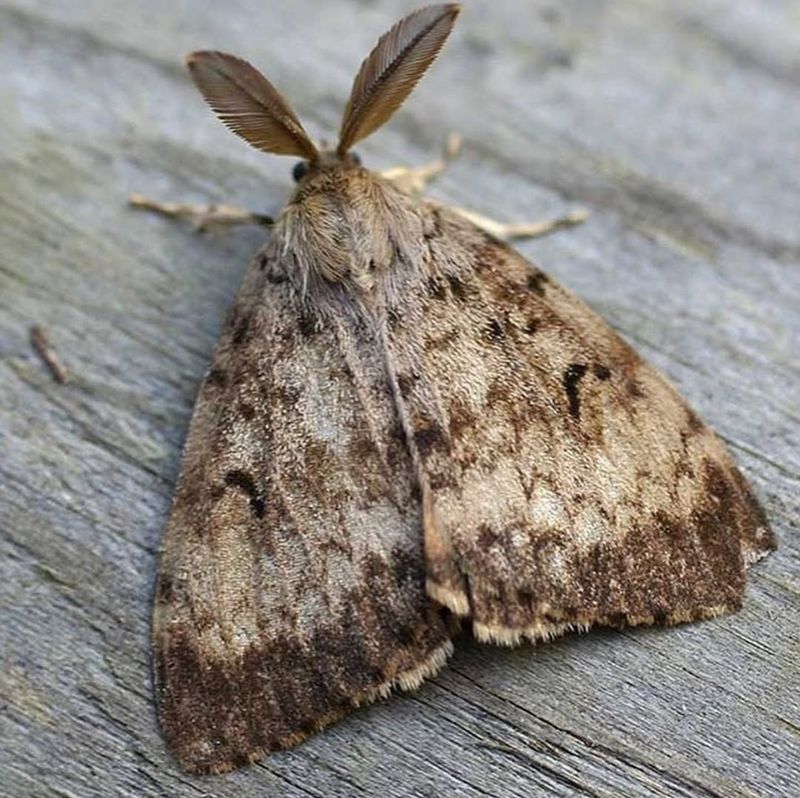
The Gypsy Moth is a well-known defoliator, capable of stripping trees of their leaves. Its caterpillars, with distinctive blue and red spots, can devastate forests if left unchecked.
Managing their spread involves using pesticides and setting up traps to capture adults.
Public involvement in reporting sightings and participating in control programs is vital to reduce their impact on ecosystems.
9. Emerald Ash Borer
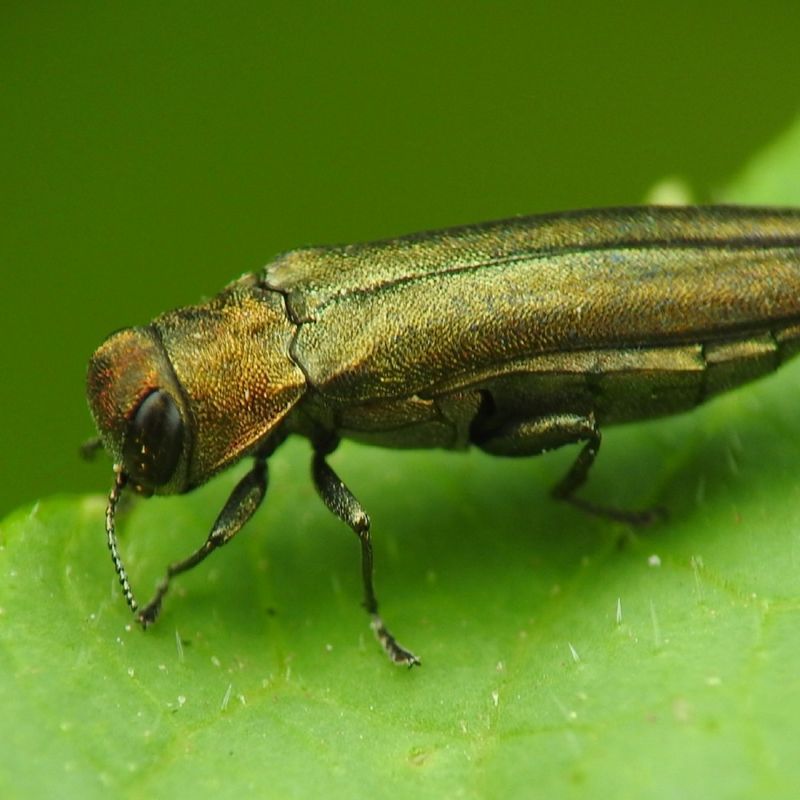
Brilliant green and deceptively beautiful, this beetle poses a deadly threat to ash trees across North America.
The Emerald Ash Borer’s larvae tunnel beneath bark, disrupting nutrient flow and eventually killing the tree. Infestations have caused major ecological and economic damage, making early detection essential.
Control efforts rely on public awareness, quarantines, and targeted chemical treatments to limit its spread.
10. European Corn Borer
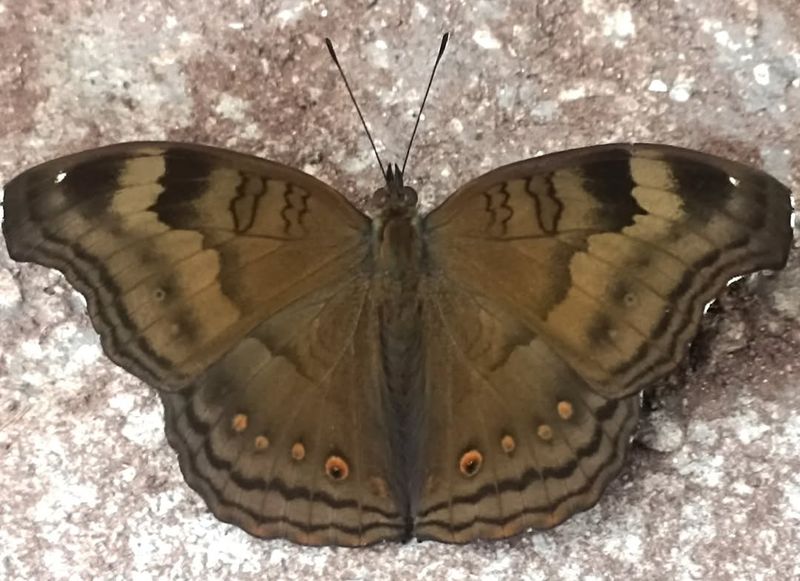
The European Corn Borer, despite its unassuming appearance, is a major threat to corn crops. Its larvae bore into stalks, disrupting plant growth and yield.
Farmers face significant challenges in controlling this pest, often resorting to pesticides and crop rotation to mitigate damage.
Regular monitoring and integrated pest management strategies are essential to minimize its impact on agriculture.
11. Brown Marmorated Stink Bug
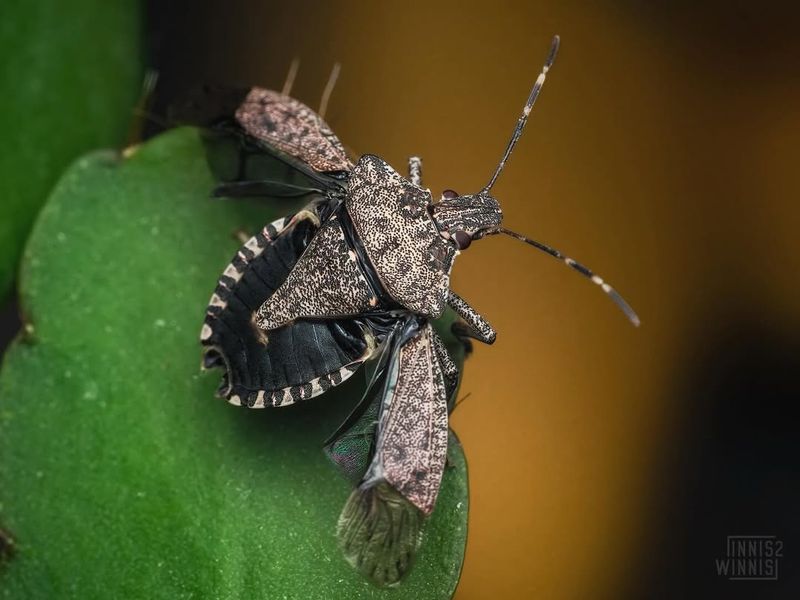
The Brown Marmorated Stink Bug, recognizable by its shield shape, is both an agricultural and residential nuisance. Known for invading homes, it emits a foul odor when threatened.
In addition to being unwelcome guests indoors, they damage fruit and vegetable crops.
Preventative measures include sealing entry points in homes and using traps. Understanding their behavior helps in managing infestations and reducing their impact.
12. Asian Citrus Psyllid
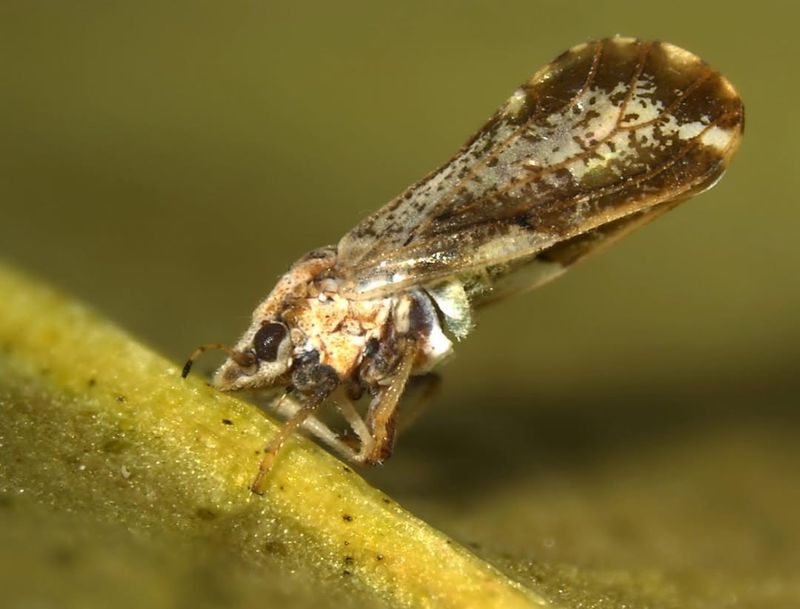
Despite its small size, this pest poses a huge threat to citrus crops through the spread of citrus greening disease.
The Asian Citrus Psyllid has caused severe losses for growers, making early detection and removal of infected trees essential. Management strategies include encouraging natural predators and using insecticides.
Community involvement is key in slowing the spread and protecting citrus industries.
13. Western Corn Rootworm
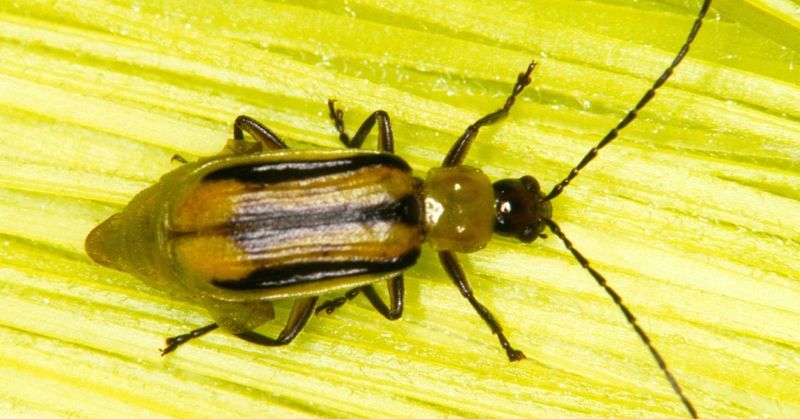
The Western Corn Rootworm, often dubbed the “billion-dollar bug,” is a formidable adversary for corn farmers. Its larvae feed on roots, compromising plant stability and yield.
Controlling this pest involves crop rotation and using resistant hybrids. Innovative management practices and ongoing research are essential in mitigating its economic impact.
Understanding its life cycle helps in developing effective strategies to curb infestations.
14. Cabbage Looper
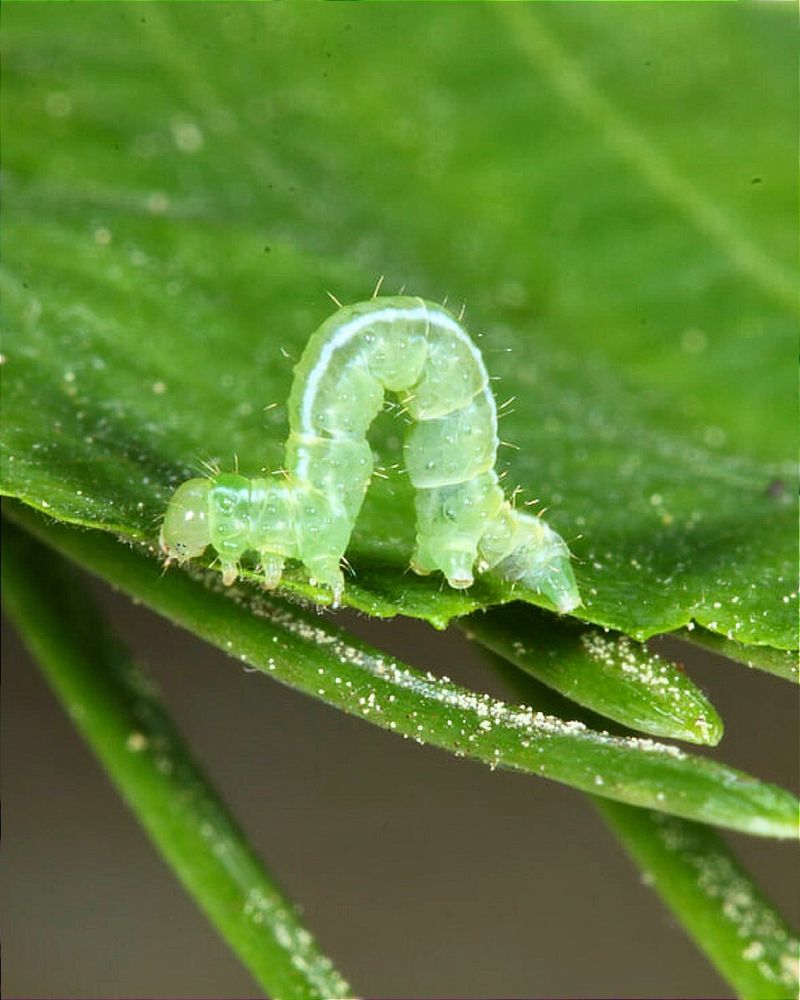
Recognizable by its looping crawl, this caterpillar is a menace to gardens and leafy crops alike.
The Cabbage Looper feeds heavily on cabbage and related plants, often causing serious damage. Gardeners combat these pests through handpicking and by encouraging beneficial insects.
Early detection and healthy garden practices are essential to keep their populations in check.

